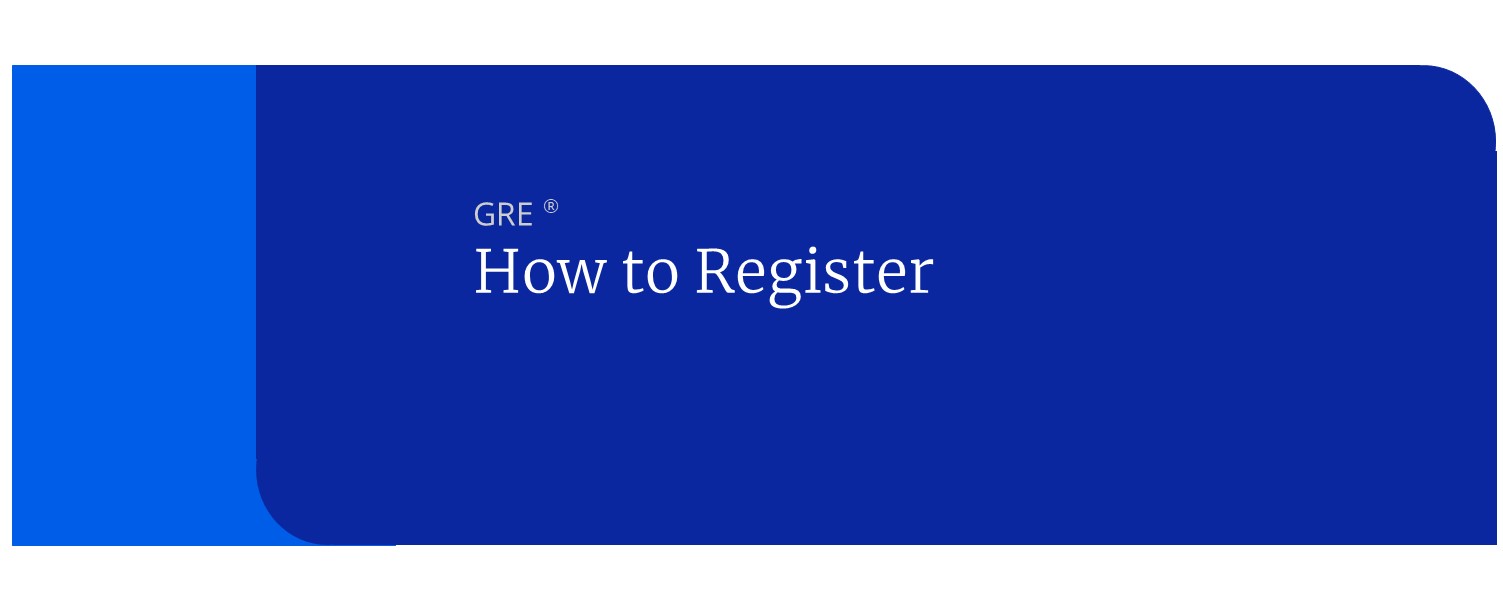GRE Reading Comprehension: Logic Questions
Reading comprehension on the GRE has a number of question types you can expect to see on Test Day: Main Idea, Detail, Function, Vocab in Context, etc. These are slightly easier ones, but there are also some that tend to be a little harder: Inference, Application, and Logic questions. Logic’s a method of reasoning based on inference. The GRE has reading comprehension questions that require you to infer from the information provided in the passage. You’ll have to read carefully to get these questions right.
GRE test-makers use many different questions to set up logic questions. They may include:
The passage’s primary purpose is to do which of the following?
According to the passage, which of the following is true…?
It is implied in the passage that…?
Which of the following, if true, would cast the most doubt…?
Here are four tips to keep in mind for dealing with this question-type.
1. Go back to the passage whenever possible.
Even if the question feels somewhat open ended, the correct choice will always be based on some sort of implication from the passage. ALWAYS go back to the passage to make sure you understand the concepts in the lines the question asks about. Think of yourself as Sherlock Holmes – you have to find the necessary clues! They may be very subtle, but they are there!
2. Beware of choices that are out of scope.
A logic question will never be correctly answered by something that is not relevant to the author’s focus. When you read the answer choices, remember that you are looking for a choice that is the closest to what is directly supported by the passage, not for a choice that sounds plausible to you. If you’ve narrowed it down to two choices, check to make sure you aren’t being swayed by one that “feels reasonable” but has no substantial support from the passage.
3. Remember to find the Function of each paragraph.
The Function of each paragraph answers the question, what is the author doing with this paragraph? Think of how the passage is put together structurally. As you read, write down the Functions as infinitive verbs, “to introduce,” “to explain,” “to describe,” etc. It will help you eliminate answer choices that are also in this format!
4. You can always make some kind of prediction.
Even for open-ended GRE questions, you need to take a few seconds to look back. It’s okay sometimes to make a vague prediction like, “Something kind of like…” or “An answer that has something to do with…” Trust your instinct!
Practice Question
Let’s examine a specific example so you can how logic works for GRE reading comprehension:
A) the idea that the Earth collided with another large celestial body.
This is not the credited response. While this idea does support the collision hypothesis, it is not enough by itself to undermine the theory discussed in this question.
B) evidence regarding the similarities between the core materials of the inner solar-system planets.
This is not the credited response. This is not the credited response. The similarities between the cores of those planets is not the problem; the LACK of similarity to the moon’s core is.
C) the composition of certain lunar samples.
This is not the credited response. The composition of the lunar samples supports the collision hypothesis, but does not by itself undermine the theory discussed in this question.
D) the lack of iron in the moon’s core.
Your answer was correct! This is the credited response.
E) the impossibility of a satellite like the moon taking on a nearly-circular orbit after a major collision between two celestial bodies.
We’re looking for two things: 1) something that isn’t explicitly stated in the passage and 2) the best evidence to undermine, or weaken, the case that the moon formed in a pre-solar nebula.

